Highest Coffee Consumption by Country In 2024 Ranked
I recently found out that coffee is the second most traded commodity after oil. But being a big coffee exporter doesn’t guarantee that the country drinks a huge amount of coffee.
So, what exactly does coffee consumption by country look like?
If you’re a coffee guzzler like me, you might assume your country consumes the most coffee. But the statistics might surprise you.
Let’s travel around the world to see which countries drink the most coffee.
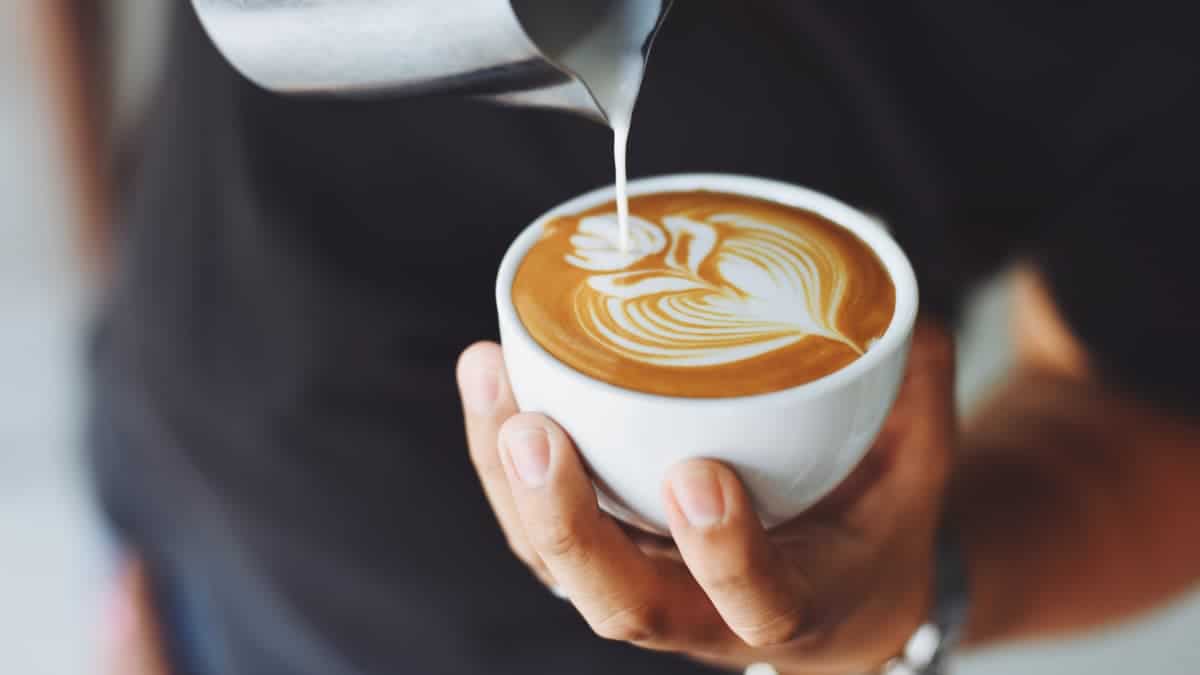
Top 10 Coffee-consuming Countries Per Capita
When it comes to coffee consumption, how you measure matters.
Take the United States, for example. If you’re measuring coffee consumption by the total amount of coffee beans consumed, the U.S. comes out on top. But when you break things down per capita, things look a bit different.
Focusing on per capita gives you a more accurate picture of a country’s coffee culture. So I’ve compiled per capita data from the World Population Review and the Helgi Library.
Without further ado, here are ten of the most coffee-consuming countries in the world.
1. Finland
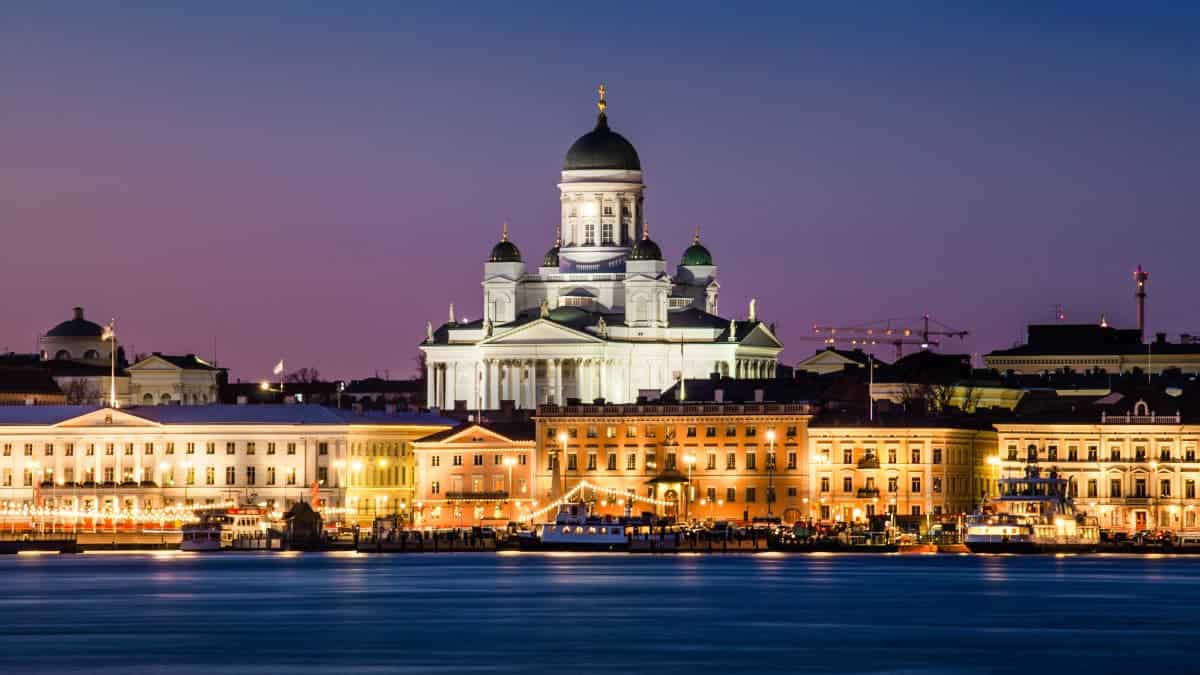
- Annual lbs per capita: 26.4 lbs
- Average daily cups of coffee per capita: 4 per day
When it comes to coffee consumption, Finland easily tops the list. We’re talking at least 26 pounds of coffee per capita per year.
On average, Finns drink about four cups a day. But that’s just the average. Many Finns drink eight cups a day, with some consuming up to 30 cups daily. Imagine the amount of caffeine that enters their systems!
What’s behind these high figures? One potential reason is that coffee breaks are mandatory at work! Companies provide their employees with at least two 10 to 20-minute coffee breaks.
Plus, temperatures in Finland can reach negative forty degrees. Hot coffee helps the residents withstand these insanely cold temperatures.
It also helps that you can find several coffee shops in almost every corner of the country.
Finnish coffee culture tends to feature light roasts. In fact, light roasts make up about 80% of the country’s coffee consumption! But Finns are now starting to accept dark and medium roasts as well.
A little side note: Finland’s coffee culture is not fond of decaffeinated drinks. It’s rare to find a cafe or even a supermarket that sells decaf cups of joe.
2. Norway
- Annual lbs per capita: 21.8 lbs
- Average daily cups of coffee per capita: 3 cups per day
Norway is another very cold country. So it’s not surprising it’s close to Finland on this list.
The average Norwegian coffee drinker consumes at least three cups daily. Some drink as many as five to six cups a day.
Rumor has it that the alcohol ban from 1917 to 1927 boosted coffee culture in Norway.
Like Finns, Norwegians get many “Fikas” or coffee breaks during workdays. Moreover, the native people love drinking coffee any time of the day.
Let’s also not forget about Norwegian coffee shops. They are always packed with people socializing and catching up. You won’t find anyone reading a book or enjoying alone time inside a coffee shop in Norway.
3. Iceland
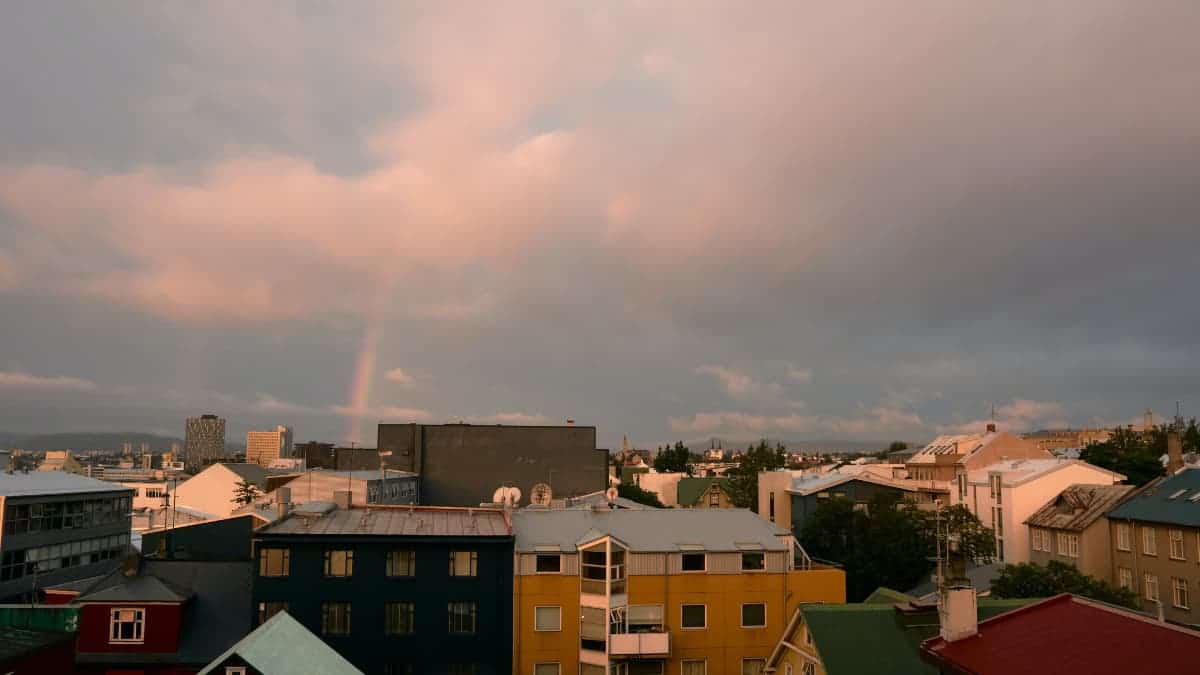
- Annual lbs per capita: 19.8 lbs
- Average daily cups of coffee per capita: 2 cups per day
Coffee is definitely part of Iceland’s unique culture. Two cups per day might not seem like much compared to Norway’s and Finland’s daily averages.
But Iceland’s coffee culture is still thriving. You won’t find as many big coffee chains in Iceland compared to its neighboring countries. So it’s safe to say that almost all cafes in Iceland are independently owned.
In fact, there are only two coffee chains in all of Iceland—Te og Kaffi and Kaffitár. Yep, no Starbucks.
Why are there so few chains in the land of ice and fire? The country’s remote location makes it difficult for companies to make a profit. But also, Icelanders tend to prefer supporting local businesses.
Don’t let the lack of Starbucks fool you. Maybe you can’t get your Venti Iced Double-Shot Caramel Ribbon Frappuccino in Iceland. But that doesn’t mean that you won’t find great coffee. Icelandic independent coffee shops know how to whip up a mean cup of Joe!
Aside from coffee shops, it’s customary for the people of Iceland to offer a cup of coffee to anyone who visits them. The classic reply is to say, “tiu dropar” to a coffee offer. This literally translates to “ten drops.” But it’s really just a colloquial way of accepting the offer.
4. Denmark
- Annual lbs per capita: 19.8 lbs
- Average daily cups of coffee per capita: 2 cups per day
Denmark ties with Iceland for daily cups per day as well as the number of pounds.
The Danes also have unique terms for coffee-related occasions.
Getting together with friends over coffee and cake is known as “Kaffeslabberas.” It can be anything from having a visit at home to hanging out together at a coffee shop.
And “bryllupskaffe” refers to a wedding reception that features a coffee fair.
People from Denmark enjoy their favorite brews any time of the day – from work breaks to after meals.
Copenhagen is the center of interest for Denmark’s evolving coffee culture. Today, you can find various specialty wave coffees roasted using the perfect beans.
Like Icelanders, Danes prefer independent cafes to large coffee corporations. So, you’ll find a fair number of cozy nooks where you can post up and enjoy your coffee on a cold afternoon.
5. Netherlands
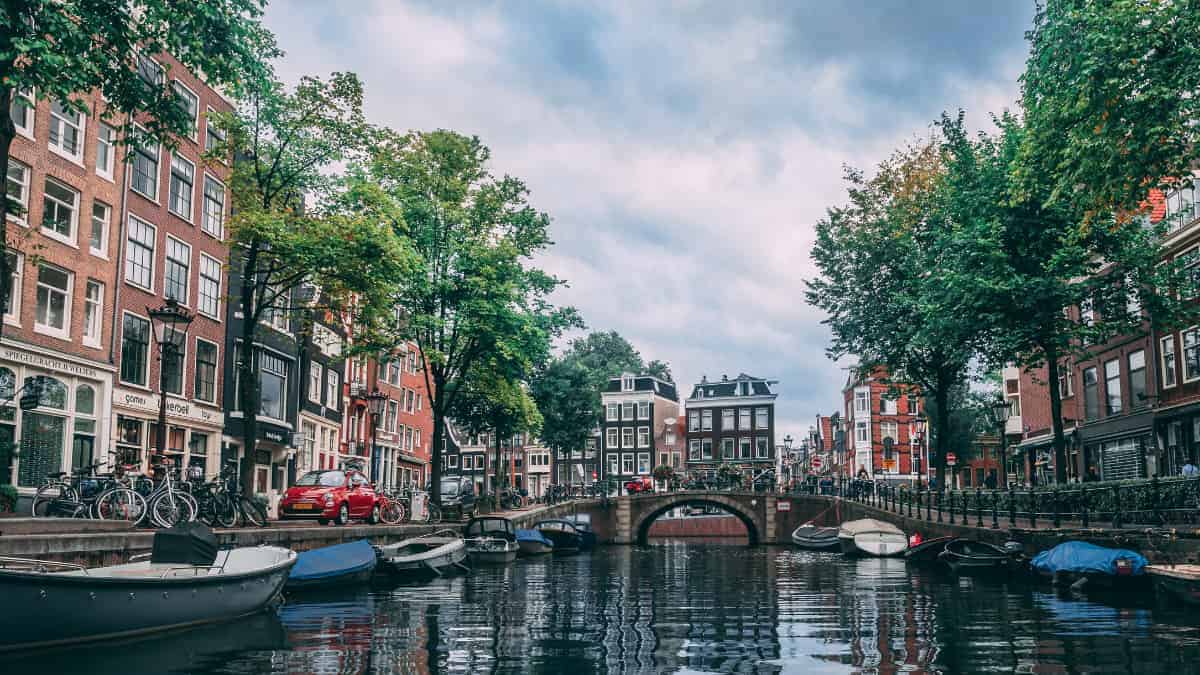
- Annual lbs per capita: 18.5 lbs
- Average daily cups of coffee per capita: 2 cups per day
The Netherlands also experiences cold temperatures that call for many hot coffees.
You won’t find fancy cafes or large coffee chains in this country. Instead, friends enjoy simple, plain coffees with friends in the comfort of home.
Coffee culture in the Netherlands stretches back to Dutch colonialism. The history of coffee suggests that Dutch traders smuggled coffee seedlings from Yemen to Indonesia.
The early Dutch coffee trade introduced coffee from the Middle East to Europe. Yemen banned coffee exports to Europe during the 1600s. So the Dutch ensured the import of tax-free cups of joe from its Indonesian colonies.
Today, Dutch coffee consumption is less controversial. Most people in the Netherlands prefer a simple filter coffee.
6. Sweden
- Annual lbs per capita: 18 lbs
- Average daily cups of coffee per capita: 1.8 cups per day
On average, Swedes drink just under two cups of coffee per day.
But it hasn’t always been so easy to drink coffee in Sweden. Back in the 1700s, King Gustav banned coffee from the country.
It seems that making coffee the Forbidden Fruit had the opposite effect. Swedes just wanted to drink even more coffee! Coffee bootlegging quickly became a lucrative business.
Traders smuggled the banned beans into the country. So King Gustav extended the ban to include coffee paraphernalia. Things got so bad that Swedes began holding funerals for their coffee pots as a way of protesting.
With all this hoo-ha going on, the government couldn’t keep up. By 1817, the coffee bans were over.
Today you won’t find Swedes mourning over coffee pots. But you’ll still find a vibrant coffee culture to explore.
The Swedish also uses the term “Fika,” which means coffee time with cakes and conversations. This local word means “to have coffee,” and it can take place at just about any time of the day.
In Sweden, you’ll find independently owned coffee shops on every street corner. Many cafes are within walking distance of each other.
7. Switzerland
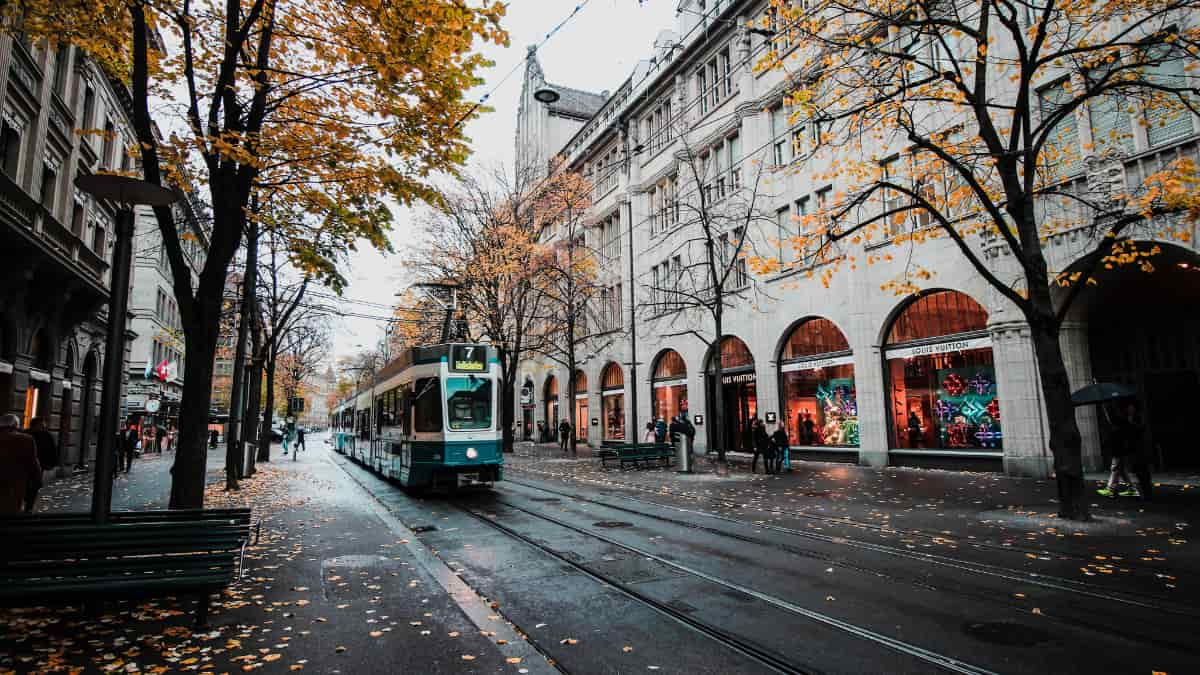
- Annual lbs per capita: 17.4 lbs
- Average daily cups of coffee per capita: 1.6 cups per day
Switzerland sits between three European cultural giants: France, Germany, and Italy. And it has absorbed culture from all three, creating a unique and diverse coffee culture.
Coffee houses have been popular in Switzerland since the 17th century. Back then, coffee houses were regular meeting points for business or social events. The reliance on coffee houses set the scene for a coffee culture that still thrives today.
Switzerland is the home of Nespresso, one of the most famous coffee machine brands in the world. Jura, makers of luxury coffee machines, also hail from this country.
In the Land of the Alps, you can find some pretty unique drinks.
One of those unique coffee creations is Luzerner Kafi. The Swiss succeeded in combining sweetened weak coffee with fruit brandy. Switzerland is also famous for schale, a mixture of coffee and milk in a bowl. Finally, there’s the Kaffe-crème, a traditional espresso served with cream.
Want to avoid the coffee jitters on your next trip to Switzerland? You’re in luck. Switzerland invented the Swiss Water Process for decaffeinating coffee!
8. Belgium
- Annual lbs per capita: 14.9 lbs
- Average daily cups of coffee per capita: 1.5 cups per day
Like many other European countries, Belgium has a rich coffee culture. What makes them unique is that their coffee culture mostly centers around roasting.
Belgium is a huge coffee-roasting country. In fact, it’s such a big industry in the country that the Belgian Union of Coffee Roasters was founded in 1943!
Besides all that, the country is also home to the largest green coffee storage in the world. There you’ll find a whopping 250,000 tons of green coffee beans waiting to be turned into roasted blends!
Belgium is also famous for its coffee lounges which are packed with customers any time of the day. For Belgians, drinking coffee means enjoying a spiritual experience. It’s a time for enlightenment, conversation, and discovery.
Belgium has always been famous for unique coffee-infused dishes. (Coffee-marinated salmon, anyone?) The Belgians also love pairing black coffee with sweet desserts.
Let’s not forget the native Belgians’ unique coffee creations and specialty drinks. They have Brûlot, an espresso-based drink mixed with the following:
- Sugar
- Lemon peel
- Cinnamon
- Warm cognac
- Cloves
Brûlot should set for a few minutes before serving up guaranteed warm and toasty vibes.
And, of course, Belgium is famous for its vacuum coffee makers.
9. Luxembourg

- Annual lbs per capita: 14.3 lbs
- Average daily cups of coffee per capita: 1.4 cups per day
Luxemburg is another country that loves its coffee, and as a place with many Italian expats, it’s no surprise why. Dark, strong brews such as espresso and black coffee are particularly popular.
You can also find German and Belgian influences in Luxembourg’s coffee culture. So filtered brews are quite popular as well.
Famous coffee beverages in Luxembourg include lait Russe and café gourmand. Lait Russe is a sweet latte. And cafe gourmand is a simple brewed espresso. Drink it after dinner to bring out a dessert’s outstanding flavors.
10. Canada
- Annual lbs per capita: 14.3 lbs
- Average daily cups of coffee per capita: 1.3 cups per day
You might have noticed that Canada is the only country outside of Europe on the list. Like the Nordic countries, Canada experiences long and cold winters.
You can find several independently owned cafes and established coffee chains in Canada. People are not overly picky about coffee shops. But in general, they prefer small cafes with independent roasts and specialty drinks.
That being said, Tim Horton’s is a popular coffee chain in Canada. This chain offers customizable hot and cold drinks plus a selection of pastries.
Coffee culture in Canada favors drinking coffee in the morning, particularly with breakfast. But individuals also enjoy swinging by a local cafe during the afternoons.
And no, despite the rumors, iced coffee is not illegal in Canada.
Wrapping Up: Highest Coffee Consumption per Capita
You can find unique coffee cultures and beverages across the world. When it comes to coffee consumption, Scandinavian countries drink the most per capita.
Scandinavian countries aren’t the only ones to consume a lot of coffee. Other European nations and Canada follow close behind.
But time will only tell. If I keep up my coffee-guzzling habit, I might just bump the U.S. onto this list next time around!
Frequently Asked Questions
1. Why Do Finland Love Coffee?
Finns love drinking coffee to survive extremely cold weather. In Finland, temperatures can drop to negative forty degrees, a perfect excuse to enjoy a hot cup of coffee. In fact, most Finns drink coffee with every meal!
2. What City Consumes The Most Coffee?
The city that consumes the most coffee is Helsinki, Finland. As a result, there’s a vibrant café culture for coffee lovers to explore while visiting.

